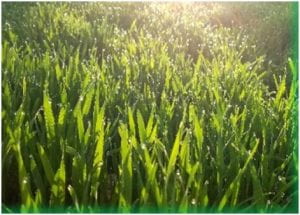– Dr. Andrew Griffith, Assistant Professor, Department of Agricultural and Resource Economics, University of Tennessee
As China has completely changed their pork production and commercialized it, will they also attempt to revolutionize beef production in their country to meet growing beef demand?
As many readers are already aware, China pork production has shifted from back-yard production to a “hog hotel” style of production where hogs are produced in multistory buildings that rely heavily on feed grains. It has become evident that Chinese consumers have a strong taste for beef. Thus, this question was asked with the thought that China may attempt to ramp up domestic beef production.
There is certainly the possibility of the Chinese attempting this endeavor, but cattle production as we know it requires significantly more land resources. However, the Chinese have been known to be “innovative,” which means they could house animals and bring in more feed. The likelihood of this is relatively small at this point, but such a move would result in the need for more feed resources, which would drive corn prices higher.
 The combination of acres planted and expected yield are the major drivers of corn production expectations. In early April,
The combination of acres planted and expected yield are the major drivers of corn production expectations. In early April, 

 moisture content of forage cut for hay or silage is an essential step to ensure storage stability and product quality. Hay baled with too much moisture can mold or be subject to spontaneous heating. Silage baled or chopped at moisture contents outside a recommended range may not ferment properly, reducing storage life and animal acceptance. A relatively new method of measuring forage moisture content is through use of an air fryer. this household appliance is basically a small convection oven. it can be used at the farm shop or can be . . .
moisture content of forage cut for hay or silage is an essential step to ensure storage stability and product quality. Hay baled with too much moisture can mold or be subject to spontaneous heating. Silage baled or chopped at moisture contents outside a recommended range may not ferment properly, reducing storage life and animal acceptance. A relatively new method of measuring forage moisture content is through use of an air fryer. this household appliance is basically a small convection oven. it can be used at the farm shop or can be . . .